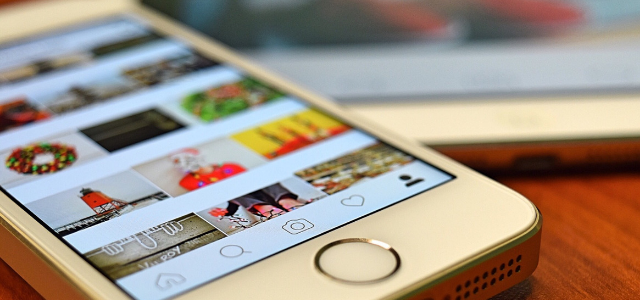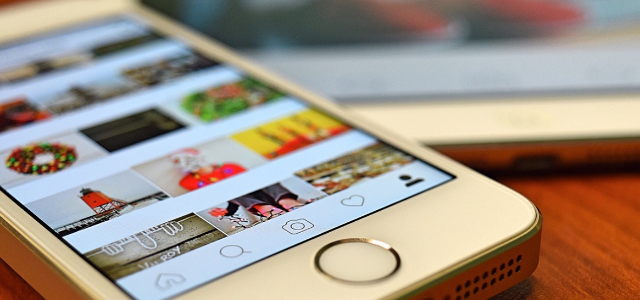

According to eMarketer, the average American adult spent more than three hours a day on their mobile device in 2018. At that rate, cellphone screen time is set to surpass that of television this year. What does this mean for marketers? It means more of your digital and organic advertising efforts should be focused on mobile-friendly or even mobile-only channels.
One of the most important rules in marketing is to be where your audience is. If you’re not optimizing your website for mobile or taking advantage of the little ad serving machine people carry around in their pockets, you’re not capitalizing on your audience’s accessibility. In this post, we outline eight tactics that can be used to meet your customers where they spend their time – on their phone.
- Social media advertising: If your business isn’t already putting ad dollars in the social media space, start today. There are millions of people who are accessing platforms like Facebook, Instagram and Twitter, and they are doing so primarily on mobile. Instagram is a particularly mobile-heavy platform, which allows you to place ads in-stream and within Instagram Stories.
- Pinterest advertising: While some define Pinterest as a social network, it’s actually a content discovery platform. With 85 percent of searches conducted on mobile and 93 percent of active pinners using it to plan purchasing decisions, Pinterest is perfect for advertising – especially if you have an e-commerce site.
- Geofencing: This tactic allows you to set a defined geographic area (e.g., retail location or exhibition hall) and serve ads through display networks on mobile devices. It’s great for targeting event attendees or advertising a sale near your store to increase foot traffic.
- SMS marketing: More and more, businesses are communicating with customers via highly-targeted, permission-based, opt-in text messages. This is a particularly effective advertising method, as it allows you to send out coupons, promotions, alerts and more to an already engaged audience.
- Google advertising: Google ads are a great tactic for reaching users on both desktop and mobile. If you are running a display campaign, make sure you create banners and other ad sizes optimized for smaller screens so your ads can appear on mobile websites and within mobile apps on the Google Display Network.
- GPS-driven advertising: I think we can all agree that people shouldn’t be picking up their phone while driving, but that doesn’t mean you can’t still reach them. Waze is a popular GPS app that allows businesses to advertise through screen takeovers (only when the car is at a complete stop), enhanced location pins and prioritized search advertising.
- Digital audio advertising: Like Waze, consumers often use music-streaming apps (e.g., Spotify and Pandora) during their commute. Advertising on these platforms is similar to traditional radio, except you don’t have to choose a specific station. You can advertise within certain playlists or target users by demographics.
- Podcast advertising: If someone isn’t listening to a music-streaming service, they may be listening to their favorite podcast. From sports to business to true crime, there is likely a podcast out there that your target audienceis following. Endorsements and ads within these programs can help you reach those customers.
The mobile advertising tactic that will be the most effective for your business is the one most used by your audience. Understand how your customers are using their mobile devices, and you can have nearly 24/7 access to them.
inferno is an award-winning brand development, advertising, public relations, design and digital marketing firm based in Memphis, Tennessee. Visit creativeinferno.com for more information. You can also follow inferno on Twitter (@creativeinferno) and Facebook (facebook.com/creativeinferno).



